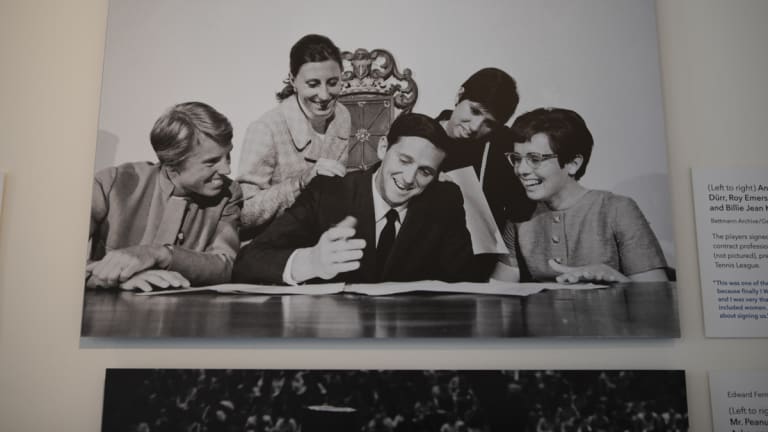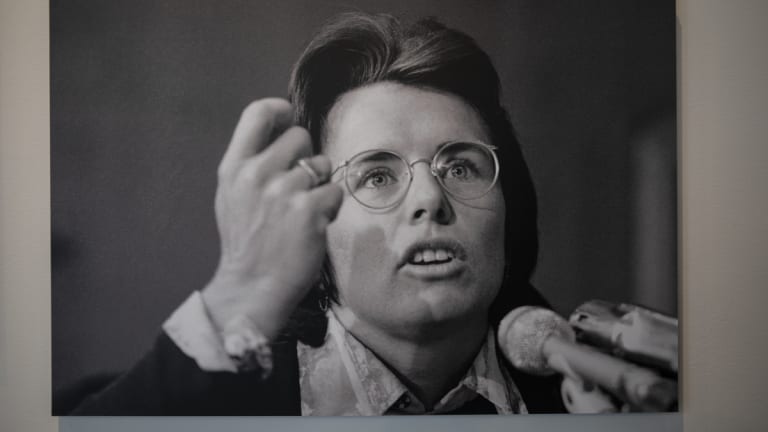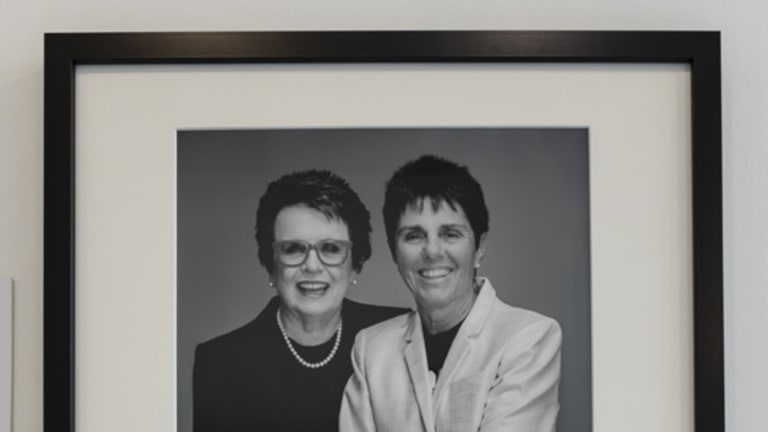US Open
US Open photo exhibit chronicles eventful life of Billie Jean King
By Sep 06, 2019US Open
US Open adds a 15th day, moves to Sunday start in 2025
By Jan 29, 2025US Open
Post-2024 US Open WTA storylines: The Age of Aryna; what's next for Swiatek and Gauff?
By Sep 09, 2024US Open
Post-2024 US Open ATP storylines: The race between Alcaraz and Sinner for No. 1 ... and more
By Sep 09, 2024US Open
Jannik Sinner’s US Open title run won’t clear the air around him entirely
By Sep 09, 2024US Open
Taylor Fritz fails in US Open final, but hope springs for American men's tennis
By Sep 09, 2024US Open
Jannik Sinner storms to second major title, defeats Swift, Kelce-backed Taylor Fritz at US Open
By Sep 08, 2024US Open
Jessica Pegula's willingness to take chances paid off at the US Open
By Sep 08, 2024US Open
Aryna Sabalenka won her first US Open by learning from her past heartbreaks in New York
By Sep 08, 2024US Open
Can Taylor Fritz beat Jannik Sinner and end a 21-year title drought? | US Open men's final preview
By Sep 08, 2024US Open
US Open photo exhibit chronicles eventful life of Billie Jean King
Titled “Billie Jean King: Champion Activist Legend,” the collection encapsulates the legendary player and progressive icon in full.
Published Sep 06, 2019
Advertising

US Open photo exhibit chronicles eventful life of Billie Jean King
Advertising

US Open photo exhibit chronicles eventful life of Billie Jean King
Advertising

US Open photo exhibit chronicles eventful life of Billie Jean King
Advertising

US Open photo exhibit chronicles eventful life of Billie Jean King